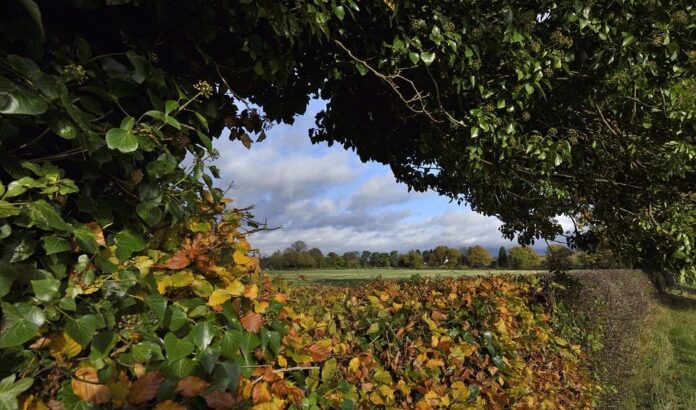Under ACRES, planting a new hedgerow carries a payment rate of €5.29/m/year to a maximum inclusion of 750m for the scheme’s duration, which currently sits at five years.
The action aims to enhance the country’s visual appearance, support biodiversity and protect water quality, as Teagasc Mayo’s Tom Kelly explained during its recent ACRES and water quality webinar.
Kelly told viewers: “There is a huge interest in planting hedges, and the payment is quite generous under the ACRES scheme, but I know there is a bit of work involved in it.”
“Maybe just to say from the start, this is a good time of the year, February and March, to plant hedgerows.”
“It is a huge benefit to your farm in terms of shelter, biodiversity, protecting water quality, and just enhancing your farm.”
“However, farmers should not plant hedges until they receive their letter of approval from the DAFM. You have until March 31st, 2024, to plant hedges under ACRES, so there is plenty of time to carry out this action.”
Approved tree species
Under the measure, an applicant must have at least 5 plants per metre in a double staggered row, with at least 3 species from the DAFMs approved species list as follows:
- Blackthorn;
- Guelder Rose;
- Hazel;
- Spindle;
- Dog Rose;
- Hawthorn/Whitethorn;
- Holly;
- Alder Buckthorn.
Plants must be of Irish origin/provenance only and have an accompanying plant passport, the advisor highlighted.
Moreover, as per the DAFM’s rules, newly planted hedgerows must be protected from livestock through a permanent fence, and you must replace any failed plants.
Hedgerow rejuvenation
Kelly also discussed hedgerow rejuvenation through coppicing (cutting low at base with chainsaw, allowing it to sprout/re-grow between September 1st-February 28th – outside the bird nesting season), which is paid at a rate of €2.87/m/year to a max inclusion of 400m.
This measure allows grassland and vegetation to be controlled, and again, you must fence both sides through a permanent fence to protect re-growth and plant saplings in spaces, he explained.
“Coppicing turns out quite well with old hedges with gaps,” he told viewers of the virtual information session.
Hedgerow rejuvenation through laying (cannot be conducted using heavy machinery) has a higher payment rate of €5.47/m/year to a max inclusion of 400m.
Again, this activity must be completed by December 31st, 2024, between September 1st to February 28th, 2023, outside of the bird nesting season, and you must construct a permanent fence to protect from livestock.
Agriculture/farming news articles on That’s Farming:





